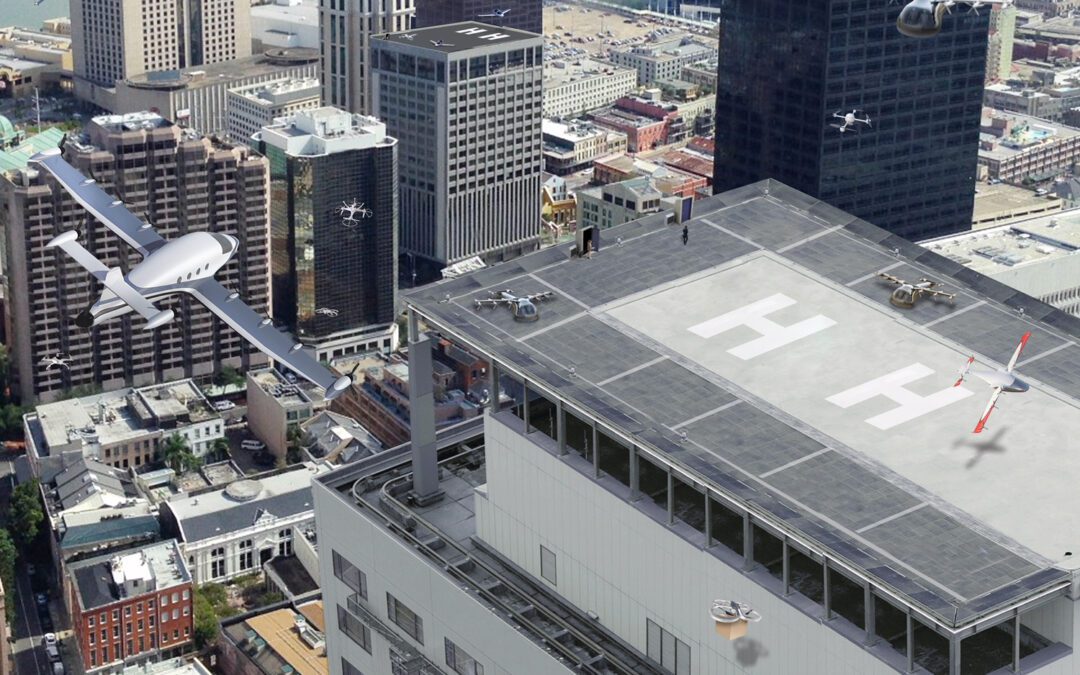“…Operators of new and emerging aircraft – such as future Advanced Air Mobility vehicles or electric-powered vertical takeoff and landing vehicles – have big plans to fly in the U.S. airspace. But before that can happen, we’ll need to work with the Federal Aviation Administration, or FAA, to enable changes to the current airspace system while continuing to keep our skies safe. To make these new and growing aircraft operations a reality – while ensuring efficiency and safety – is where NASA’s Air Traffic Management eXploration, or ATM-X, project comes in.
ATM-X is developing innovative technology solutions that remove barriers to transforming today’s air transportation system and enabling new aircraft’s large-scale access, while also improving current aircraft operations. The end-goal is a digitally-integrated air transportation system that allows for increased mobility and safe, efficient access for both traditional and emerging operations and users – from commercial aircraft to delivery drones and urban air taxis.
By collaborating and partnering with a diverse group of industry participants, ATM-X will leverage their expertise to develop technology and define an airspace system that can scale up to handle the load of many and various aircraft. Industry continues to show strong interest by investing in, and contributing to, building airspace management systems. This includes their significant involvement with NASA’s Unmanned Aircraft Systems Traffic Management, or UTM. Systems based on the UTM paradigm can accelerate the transformation of the national airspace system in many ways. For example, they can play a role in expanding routine airspace access to more users, developing services to further the use of airspace information for air traffic controllers to service providers, and enabling more flexibility for a variety of piloted and pilotless aircraft to schedule and carryout their missions.
ATM-X leverages the convergence of airspace industry involvement with technological advances in cloud computing, faster computing speeds, communications systems capable of handling more data, and increasingly autonomous technologies. These key assets will unlock an airspace management system architecture that will transform the national airspace.
